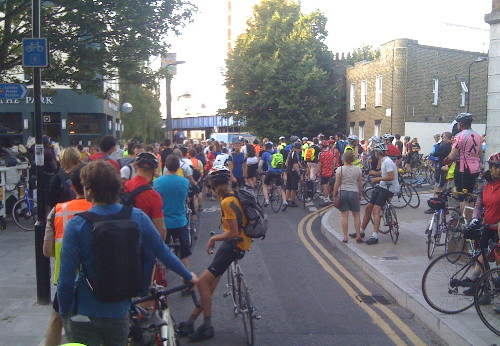
This is an annual 180km self-supported ride from London Fields in Hackney, to the beach at Dunwich in Suffolk. As it’s a free turn-up-and-go event, it’s all quite informal – people just turn up at the Pub in the Park and then start to head off. The catch – it’s a night time event. I started at 8:50pm…
I was riding with Jenn and Michal, also trying out various new accessories I’d bought in the day – a fell-runners’ bag, saddle bag, frame bag, padded shorts, a proper cycling top, cleats and a couple of bike lights (which proved to be woefully underpowered.)
There most have been close to a thousand cyclists in this year’s Dynamo, taking advantage of the calm, dry and clear weather, although it got surprisingly chilly quite quickly.
The pace was far faster than I was expecting – once we had passed the highest point of the route (Epping Forest) the pace really went up and we pushed hard until the food stop at 100km, arriving at around 1:15am. The pace then on was also quite fast, at one point a wonderful 10km with the Dulwich cycling club peloton. Then, as dawn broke properly, we started to tire a lot.
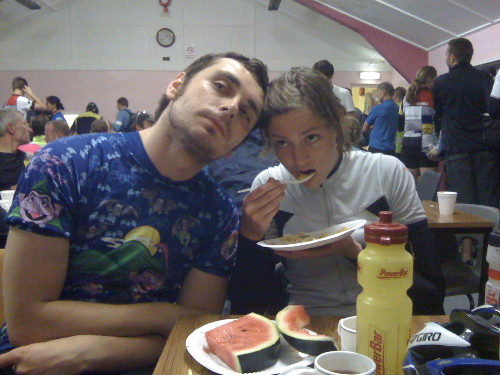
We finally made it to Dunwich at 6:10am (ride time 7h 23, + 2 hours of breaks) where the cooked breakfast in the cafe was very welcome – the rain shower, the first of the night, wasn’t. We took a risk, cycling 8km through the second rain shower to get the first local train of the day. 20 others had the same idea, but the guard let us on, and three hours later we were back in London. An extra 50km to cycle to Ipswich for the main-line trains was thanfully avoided.
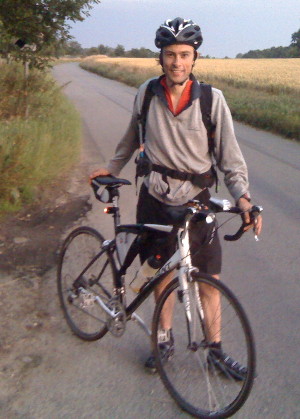 The high point was tearing down the Suffolk Coastal District part in the back of a fast-moving (~35km/h) peloton. The low point was definitely waiting for the rain to clear at Dunwich and dreading the cycle to Ipswich. The most memorable sight was seeing a long stream of flashing red lights in front of me, sweeping around invisible corners.
The high point was tearing down the Suffolk Coastal District part in the back of a fast-moving (~35km/h) peloton. The low point was definitely waiting for the rain to clear at Dunwich and dreading the cycle to Ipswich. The most memorable sight was seeing a long stream of flashing red lights in front of me, sweeping around invisible corners.
Despite the pain near the end, it was great fun and good training for when I set off to cycle the length of Britain (Thurso to London) in a couple of weeks time.
We spent a couple of hours taking breaks, including nearly an hour at the 100km feed station. The first 100km was virtually without stopping, but the latter section had more frequent stops, as Michal’s bike started to make strange mechanical sounds and so he limited his speed. We also took a couple of wrong turns later on, although we found straightforward shortcuts back onto the main route. At one point, Michal and I thought Jenn, who was generally the fastest of us three and was ahead most of the time, had missed a sharp turn and headed off to the coast 10km south of Dunwich. However, after a bit of worrying, it turned out she had made the turn after all.
On the back of a disturbed night the night before, and obviously no sleep at all last night, I don’t feel too bad right now. However I did nod off numerous times on the packed train back from Ipswich to London.
Drinks-wise I got through 1 litre of Lucozade and around 1 litre of water, + coffee at the feed station and at the cafe at the end. Food I ate included some chewy sweets, three Power-bars and few Clif Shot Bloks. At the half-way point a had a pasta salad plate and a couple of bananas. At the end I had an SIS sport bar and a Clif bar, as well as the cooked breakfast. As a consequence I didn’t bonk at all and feel fine now!
[osm_map lat=”51.886″ long=”0.779″ zoom=”8″ width=”500″ height=”350″ gpx_file=”/files/2009/07/04-jul-09-20_53.gpx”]
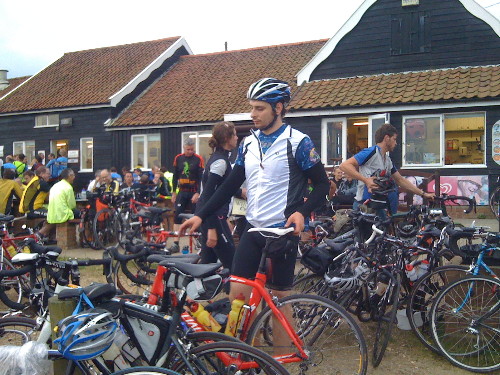
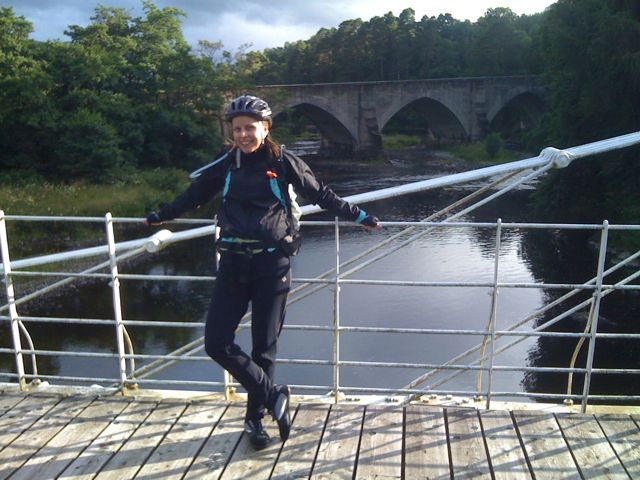
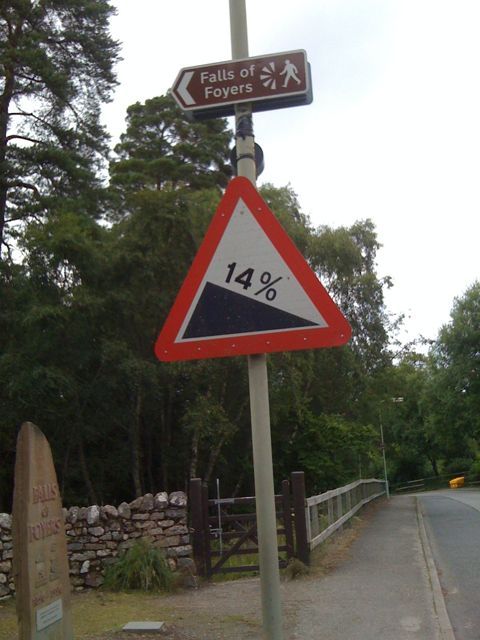
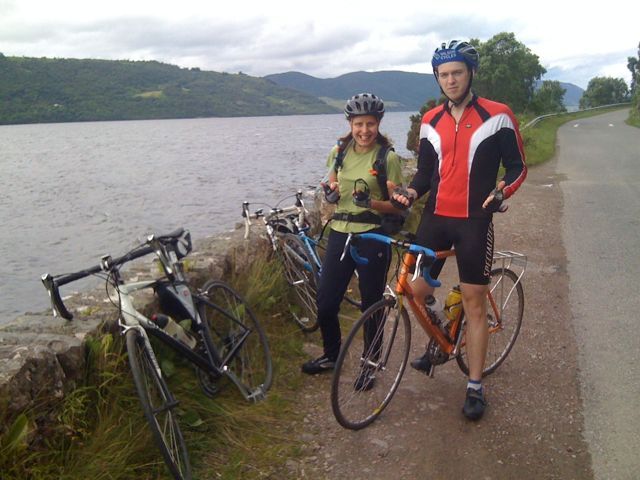
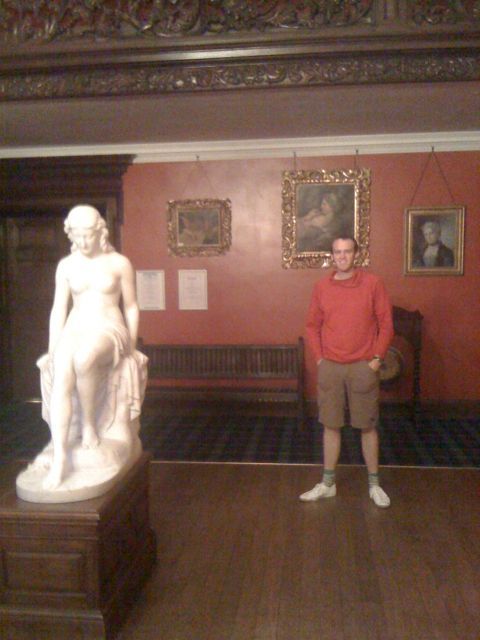
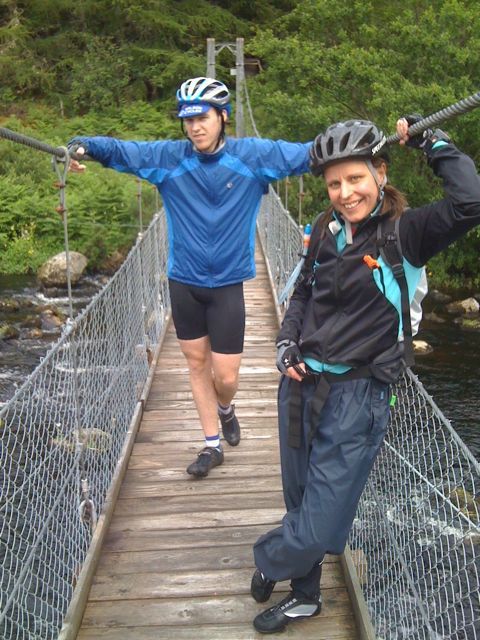
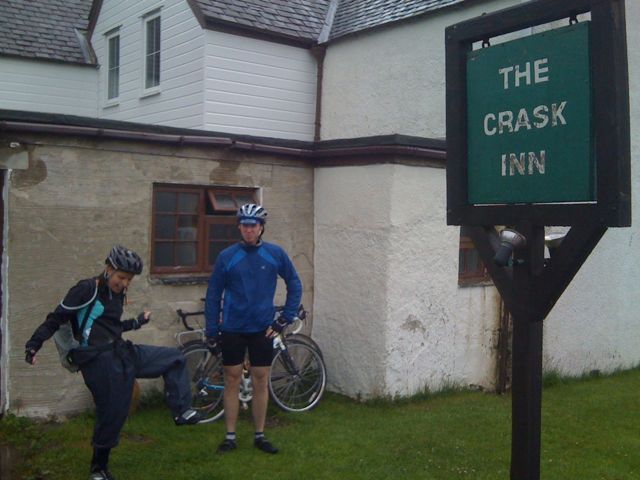
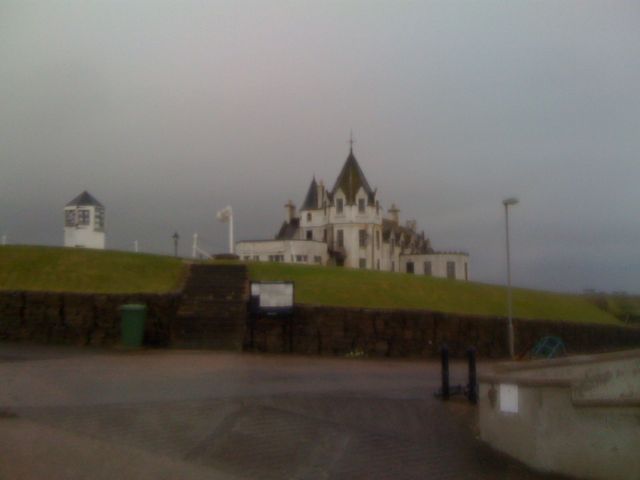
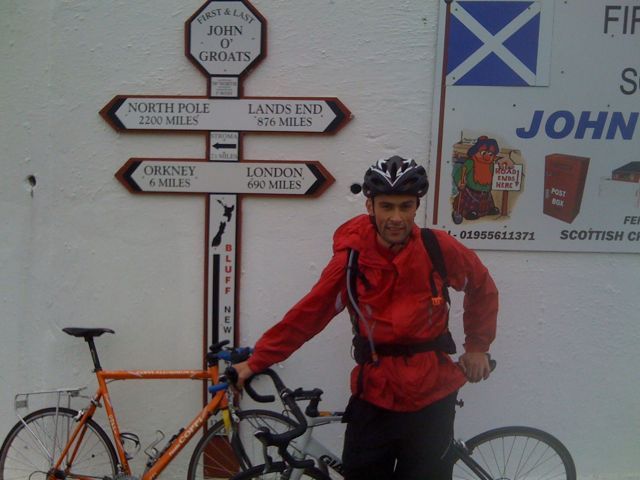
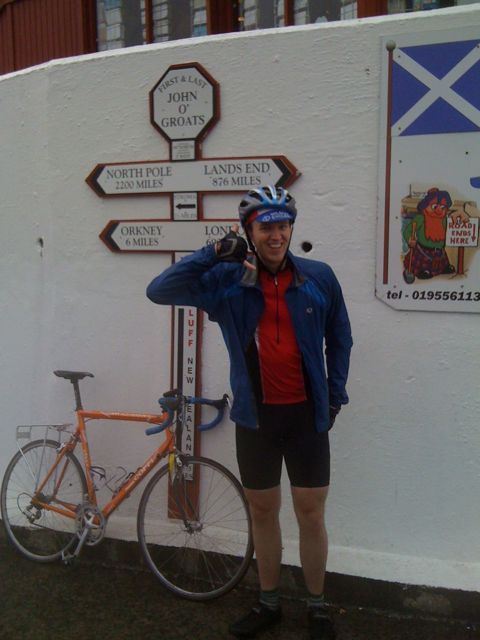
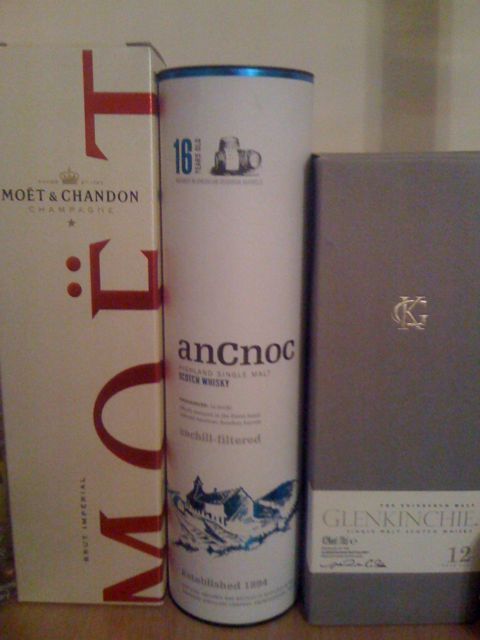






 The high point was tearing down the Suffolk Coastal District part in the back of a fast-moving (~35km/h) peloton. The low point was definitely waiting for the rain to clear at Dunwich and dreading the cycle to Ipswich. The most memorable sight was seeing a long stream of flashing red lights in front of me, sweeping around invisible corners.
The high point was tearing down the Suffolk Coastal District part in the back of a fast-moving (~35km/h) peloton. The low point was definitely waiting for the rain to clear at Dunwich and dreading the cycle to Ipswich. The most memorable sight was seeing a long stream of flashing red lights in front of me, sweeping around invisible corners. 